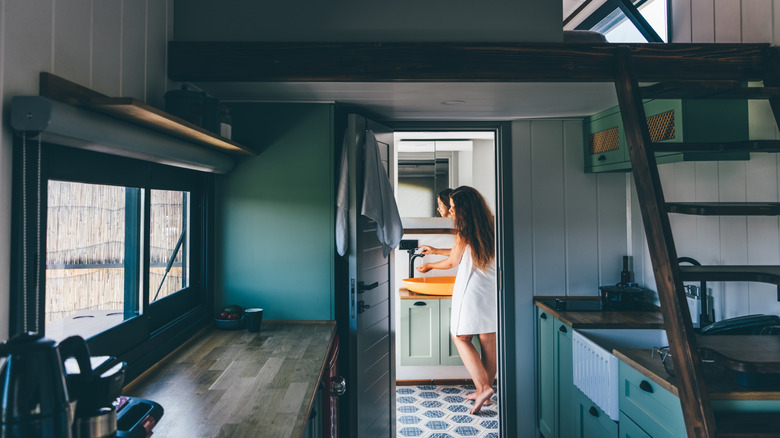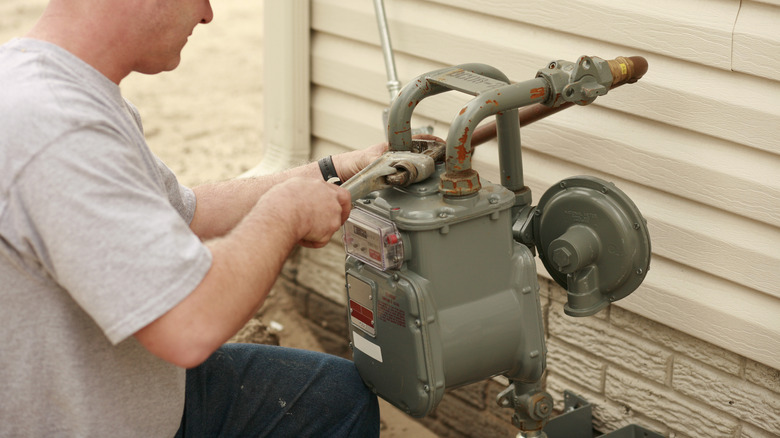The Tiny Home Mistake That Could Cost You Over $10k (And If You Can Avoid It)
Between low stock and high rates, the cost of real estate is enough to make some people give up on homeownership altogether. That's led to increased interest in alternative options, like tiny homes and RVs. But forgetting to take plumbing into account could leave you $10,000 or more short on your tiny home budget.
There are many reasons to love tiny homes: They're incredibly charming, they encourage a simple lifestyle, and they're so convenient that you can even buy one from Amazon. But money is arguably the biggest reason of all. On paper, tiny homes seem like an obvious winner budget-wise. They cost around $50,000 on average, and they can be drastically cheaper if you DIY (or drastically more expensive if you get a luxury build). Either way, they rarely cost more than a new full-size house, which costs an average of $292,000.
However, budgeting for a tiny home requires thinking beyond the house itself. There are also some hefty hidden costs, some of which are necessary for any new build, such as land, utilities, permits, appliances, and finishes. Since tiny houses are often built in rural areas without permit restrictions, the land may not come with sewer or electricity hookups, and plumbing alone can add $10,000 or more to your budget.
Tiny home plumbing costs explained
The cost of tiny home plumbing installation starts around $1,180 if you DIY some or all of the labor and use affordable materials. This includes pipes, water heaters, drain lines, and other plumbing necessities. Different materials come at different prices, and the cost can jump to $4,000 or more if you use high-end products and hire a professional. Plumbing systems also vary based on the type of tiny home you're building — some are designed to live on wheels, while others are stationary.
If the property doesn't have a sewer connection, expect to pay another $10,250 or so to add one. This connects your tiny home to the local water supply, providing you with drinking water and sewerage collection. You'll have to pay a monthly utility bill just like in a traditional home, but tiny houses save you money on utilities since your water usage is much lower.
You can opt to go off-grid and forego a sewer connection if your area allows it. There are other ways to source water and dispose of waste, including septic systems, composting toilets, rainwater tanks, well water, and hauled water. These options require careful hands-on planning, and some (like adding a septic system and digging a well) may add up to the same or more than a sewer hookup.

